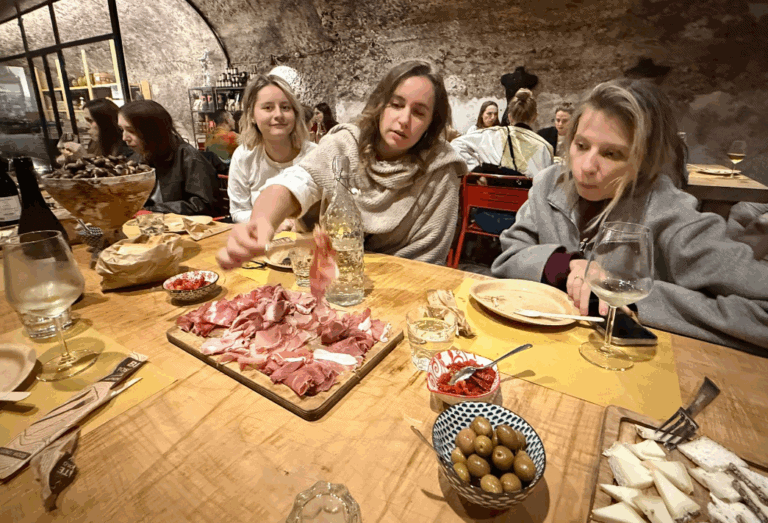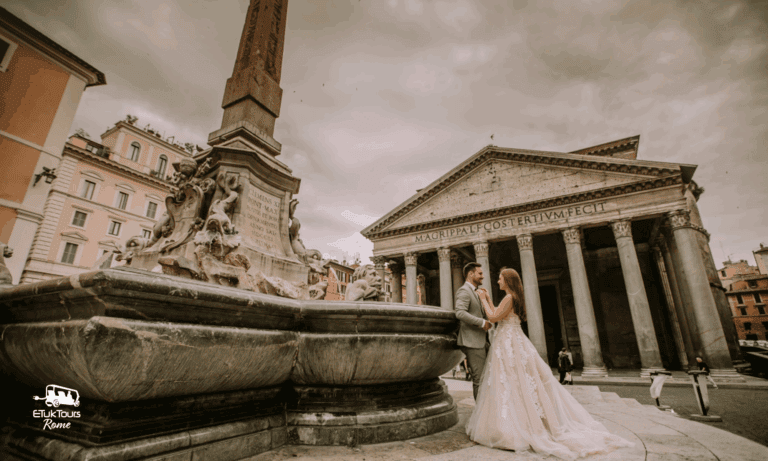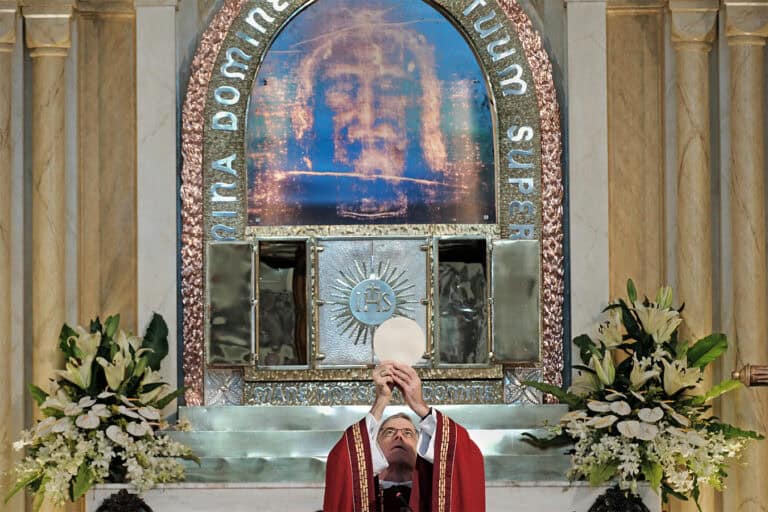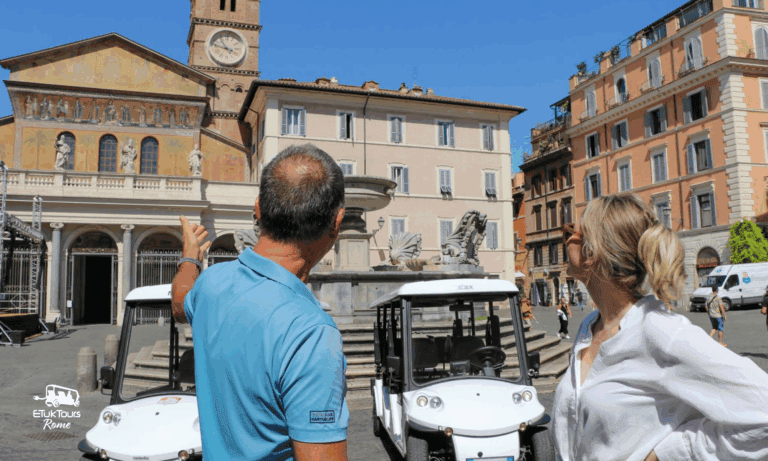Rome, the Eternal City, is a place where history, mythology, and civilization converge. At its heart, nestled within the very bones of the city, lie the Seven Hills—an ancient landscape that gave birth to one of the most influential empires in history. These hills are more than just geographical features; they are the bedrock of Rome’s origins, each with its own tales of gods, kings, and battles. Today, a journey from the Palatine to the Capitoline offers a pilgrimage through time, inviting visitors to walk in the footsteps of Rome’s legendary founders and rulers.
The Seven Sacred Hills of Rome: A Journey Through Time
Rome’s Seven Sacred Hills are the foundation of its ancient history, each offering a unique glimpse into the city’s legendary past. From the birth of the city on the Palatine to the seat of power on the Capitoline, these hills tell the story of Rome’s rise from a small settlement to the heart of an empire. Below, we explore each hill and its significance in shaping Rome’s history and culture.
1. Palatine Hill: The Birthplace of Rome
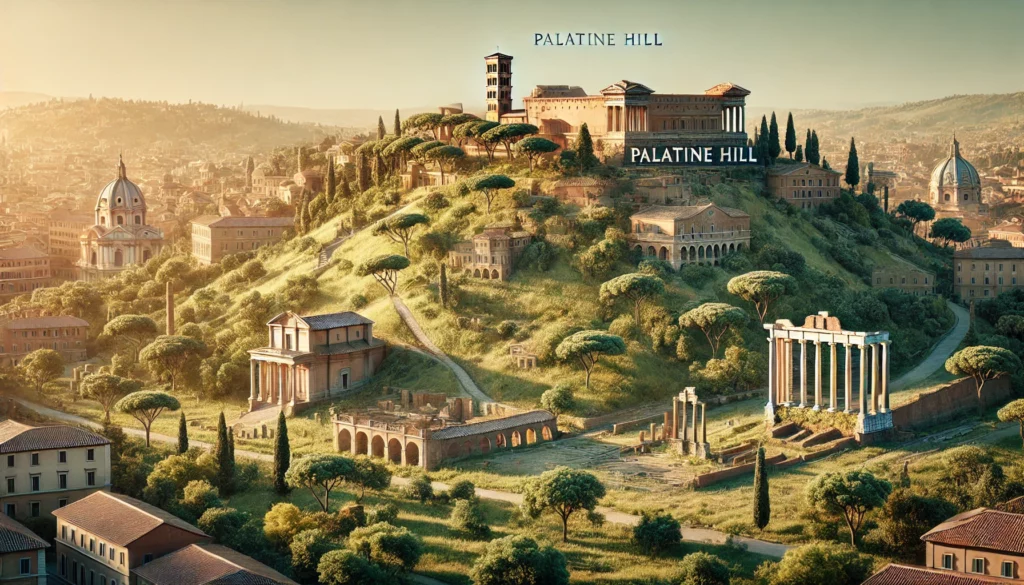
The Palatine Hill, the most famous and perhaps the most important of the Seven, is where the founding of Rome began. According to Roman mythology, Romulus and Remus, twin brothers raised by a she-wolf, chose the Palatine as the site to establish their city. This hill has long been considered the birthplace of the ancient city. It was here, in the Iron Age, around 753 BCE, that Romulus is said to have founded Rome, making it one of the most significant locations in the city.
The Imperial period saw the Palatine become the domain of emperors. The ruins of imperial palaces, like the magnificent Domus Augustana, still stand as a testament to the grandeur of Rome’s emperors. Visitors can walk among the remains of the largest temple to Apollo and enjoy the serene gardens, once a place of leisure for emperors such as Augustus. From the top of the Palatine, you can see the majestic Piazza Venezia, where Piazza della Repubblica lies in the distance—once the heart of Republican period Rome, today a bustling area of modern Rome.
The hill’s significance stretches through the centuries, from its 6th century role in the early days of the Christian period to the influence of Gregory XIII in the 16th century, when Rome’s urban landscape began to take shape. The orange grove at the top of the hill provides a perfect spot to reflect on the city’s transformation, both through its ancient ruins and its more recent Renaissance-era developments.
2. Capitoline Hill: The Seat of Roman Power

The Capitoline Hill, or Campidoglio, stands as the spiritual and political heart of Rome. In antiquity, it was home to the most important pagan temples, including the Temple of Jupiter Optimus Maximus, dedicated to the king of the gods. The 7th century BC saw the hill’s religious significance at its peak, before becoming a hub of power during the Republican period. The Servian wall, built in the 6th century BCE, once protected this important area, marking it as the center of Roman authority.
Today, the Palazzo Senatorio and the Palazzo dei Conservatori dominate the Capitoline, showcasing the evolving role of this hill as the political center of the Imperial period. The Piazza del Campidoglio, designed by Michelangelo, draws visitors with its grandeur and historical resonance. The majestic ruins of Palazzo Barberini and the imposing Palazzo Massimo alle Terme provide a glimpse into the changing face of Rome from the 17th century onwards.
The Capitoline Museums are a treasure trove of Roman artifacts, with sculptures that span across centuries. One of the most famous pieces housed here is the bronze statue of Marcus Aurelius, which once stood in the Roman Forum, standing as a reminder of Rome’s imperial might. A visit to this hill allows you to trace the arcadian Greeks’ influence on Roman culture, particularly in the form of art and architecture. The Christian period is also represented through monuments like Santi Giovanni e Paolo, which speaks to the city’s transition from paganism to Christianity.
3. The Other Hills: Aventine, Esquiline, Quirinal, Viminal, and Janiculum
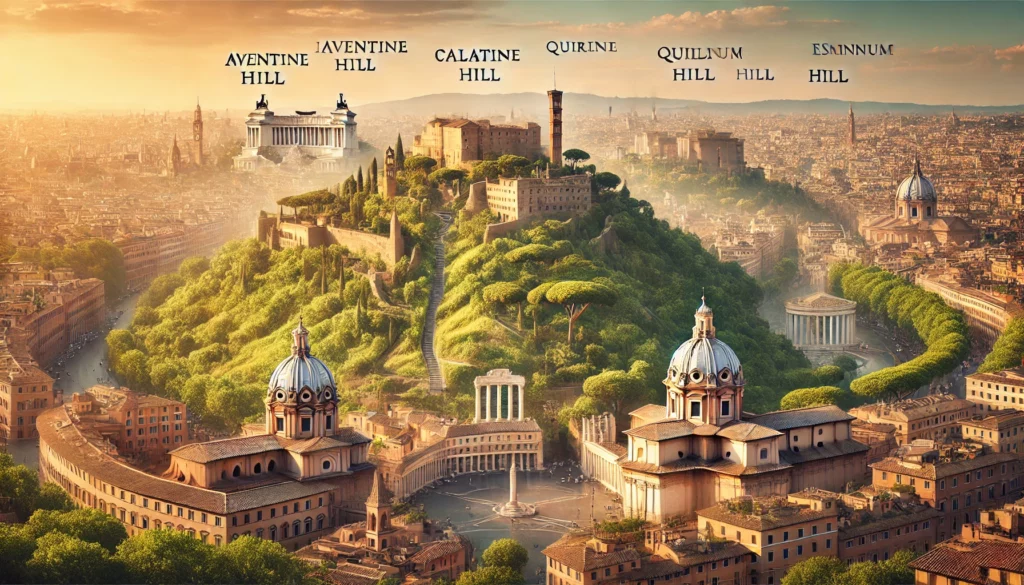
While the Palatine and Capitoline are the most famous hills, the other five are equally rich in history and significance.
Aventine Hill: The Hill of the Plebeians
The Aventine Hill, traditionally associated with the common people of Rome, holds a deep connection to the social struggles of ancient Rome. It was the site of the secessio plebis, a famous protest by the plebeians (the lower class) against the patrician ruling class. The 8th century BCE saw the Aventine as a critical part of Rome’s early expansion. The ruins of ancient temples and the Santa Sabina Basilica, founded in the 5th century, still echo with stories of ancient Roman struggles and the foundations of Christian Rome.
Today, the Aventine is a quiet hill, offering lovely gardens and stunning views of the city. The botanical gardens here, a haven for plant lovers, stand as a testament to the importance of nature in the Roman landscape, especially during the 19th century when Rome’s urban expansion began to focus on public spaces.
Esquiline Hill: Rome’s Largest Hill
The Esquiline Hill, one of the largest of the Seven, is known for its diverse history. During the 1st century BCE, it was home to luxurious villas and extravagant feasts. The Domus Aurea, Emperor Nero’s Golden House, is perhaps the most famous ruin on the hill, a majestic ruin that once symbolized Nero’s excesses. The 10th century saw the hill become more integrated into the city, marking a period of transition from imperial to medieval Rome.
Today, the Esquiline is home to the stunning Santa Maria Maggiore Basilica, one of Rome’s most important churches, constructed in the 5th century. The area has undergone various transformations, but the hill still exudes a sense of ancient grandeur mixed with modern life.
Quirinal Hill: The Hill of the Rulers
The Quirinal Hill is home to the Palazzo del Quirinale, the official residence of the President of Italy. In ancient times, the Quirinal was the site of a temple dedicated to the god Quirinus, and it was known for its association with the military season. During the Imperial period, it became a center of political and military power. The 16th century saw the Quirinal Hill evolve into a grand palace area, with palaces like the Palazzo Massimo, reflecting the political significance it held during the reign of Septimius Severus and beyond.
Viminal Hill: Rome’s Smallest Hill
The Viminal Hill, the smallest of the Seven, is home to several government buildings today. It was once the site of the Temple of Juno Sospita, dedicated to the goddess of women and childbirth. Though less visited than its larger counterparts, the Viminal is important due to its proximity to other significant hills. The Piazza della Repubblica, a major hub in modern Rome, is located at the foot of the Viminal, bridging the old city with the new.
Janiculum Hill: A Historic Overlook
The Janiculum (Gianicolo), located across the Tiber River, provides some of the best views of the city. It is traditionally associated with Rome’s 6th century defense against invaders, and it was also the site of fierce battles during the 19th century unification of Italy. Today, the Janiculum features several landmarks, including the Fontana dell’Acqua Paola and San Pietro in Montorio, a 16th century church with a beautiful view of the city. The Janiculum is often considered the eighth hill of Rome due to its significance, offering panoramic vistas of Vatican City and the broader Roman landscape.
The Pilgrim’s Experience: Tracing the Layers of History
Walking the Seven Hills of Rome is not just about seeing landmarks; it is about connecting with the stories of this ancient city. As a pilgrim on this journey, you move through ancient ruins, medieval churches, and baroque palaces, each step bringing you closer to understanding Rome’s layered history. From the arcadian Greeks’ influence on early Roman art to the foreign deities that once populated its temples, Rome’s Seven Hills provide a living history of civilization.
Alongside the ruins of ancient temples and palaces, visitors can explore the grand piazzas, like Piazza Venezia and Piazza della Repubblica, where modern life intersects with the ancient world. Each hill offers a different perspective—whether it’s the Christian period of early saints or the military season of Roman emperors preparing for battle.
Rome’s Eternal Hills
Rome’s Seven Hills are not just geographical features; they are living symbols of the city’s ancient grandeur, its political power, and its rich cultural heritage. From the Palatine, where Rome was founded, to the Capitoline, where emperors once ruled, each hill offers a unique perspective on the past. For anyone visiting Rome, tracing the paths between these sacred heights is an essential pilgrimage—one that allows us to see Rome not just as a city, but as a living monument to history, legend, and empire.
The journey through the Seven Hills is an immersive experience that spans millennia—from the Iron Age to the 19th century, from the Republican period to the reign of Septimius Severus. As you stand atop each hill, surrounded by the remnants of Roman power, you are not just observing history; you are walking through it. From the majestic ruins of the Palazzo Massimo to the quiet gardens on the Aventine, each hill is a testament to the enduring legacy of Rome—a city that, even in ruins, continues to inspire awe.




